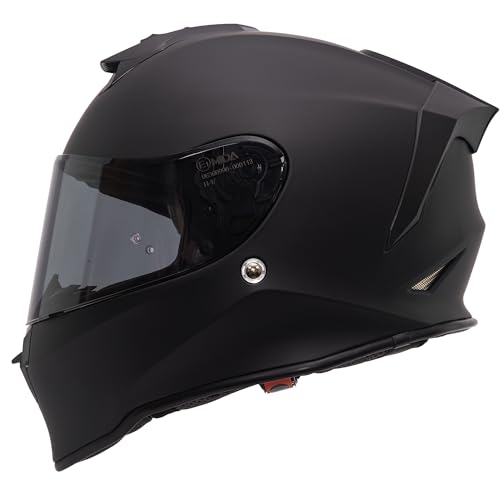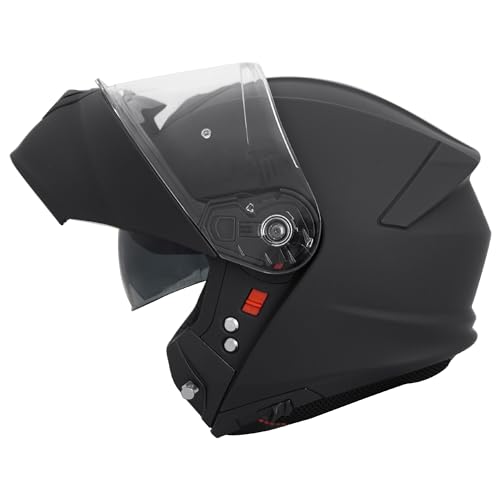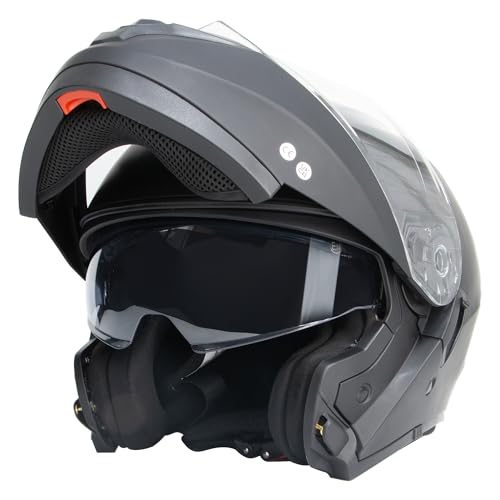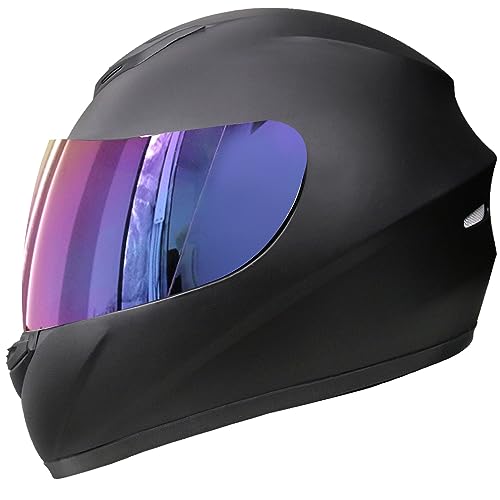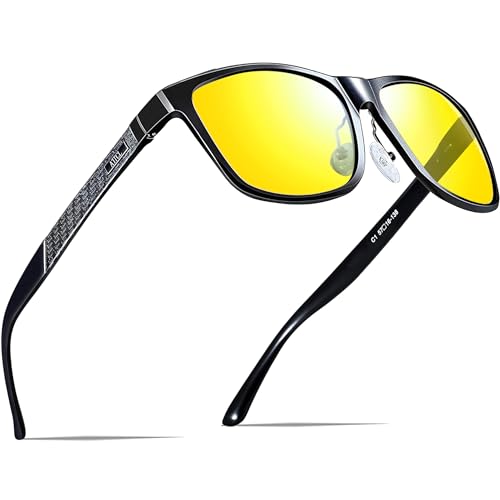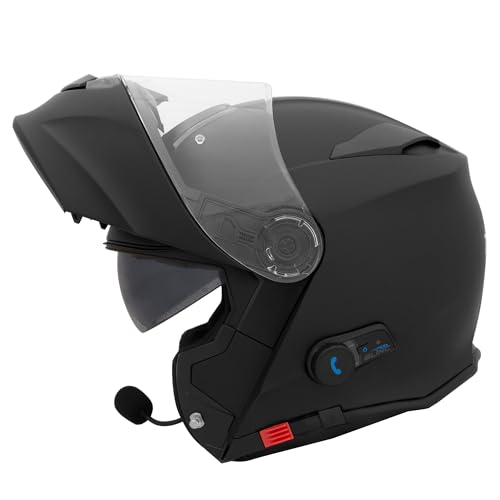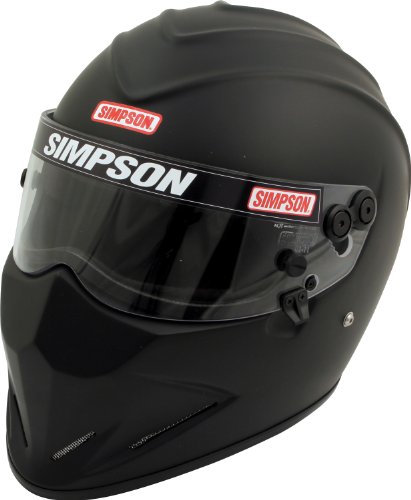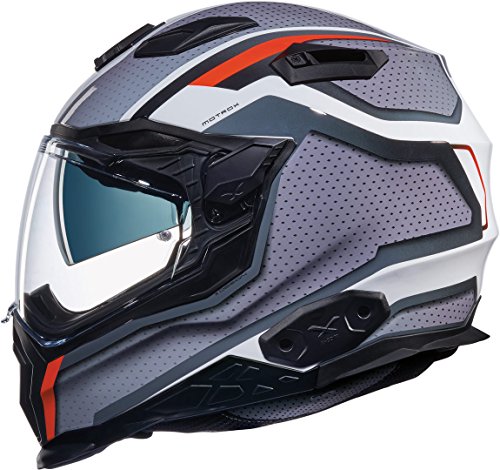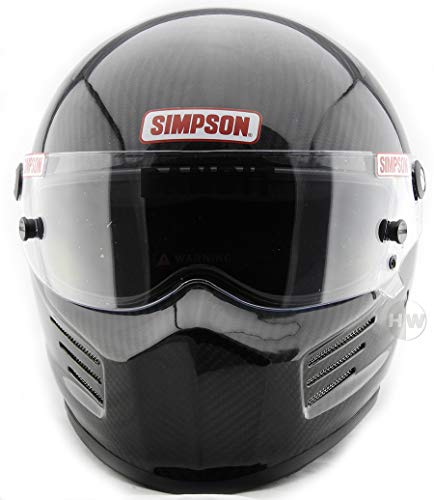Understanding the Importance of a Motorcycle Helmet: Why Safety Comes First
The Role of a Helmet in Rider Safety
When we think about riding a motorcycle, the thrill and freedom it brings are often at the forefront of our minds. However, it’s crucial to remember that safety should always come first. A motorcycle helmet is not just an accessory; it is a life-saving piece of gear designed to protect our heads in case of an accident. In fact, wearing a helmet can significantly reduce the risk of severe head injuries. By choosing to wear one every time we ride, we’re making a commitment to our safety and well-being.
Statistics Highlighting the Need for Helmets
Consider this: studies have shown that riders without helmets are three times more likely to suffer fatal head injuries in an accident compared to those wearing a helmet. This stark statistic underscores the essential role of helmets in preventing deaths and serious injuries. By wearing a helmet, we’re not just following a law or a recommendation; we are taking an active stance towards protecting ourselves on every ride.
Key Features to Look for in a Motorcycle Helmet: What Matters Most
Safety Standards and Certifications
Not all helmets are created equal, and it’s important to look for those that meet safety certifications. These certifications give us peace of mind, confirming that the helmet has been tested for impact and penetration resistance. When considering a helmet, we should seek out models that comply with recognised safety standards. This ensures that our helmet provides the protection we need in case of an impact.
Material and Weight Considerations
The material of the helmet can affect both safety and comfort. Lightweight materials like polycarbonate or composite shells offer excellent protection while keeping the weight manageable. This is important because a heavy helmet can lead to discomfort on long rides. We should prioritise helmets that balance protective capabilities with comfort to enhance our riding experience.
Ventilation and Padding
A good helmet should also have proper ventilation systems and comfortable padding to make our rides enjoyable. Adequate airflow helps prevent overheating, especially during warmer rides, while cushioned interiors improve comfort and fit. When choosing a helmet, examining ventilation systems and padding quality is crucial to ensure we remain comfortable throughout our journey.
Different Types of Motorcycle Helmets Explained: Choosing the Right Style for You
Full-Face Helmets: Maximum Protection
Full-face helmets offer the highest level of protection by covering the entire head. They are ideal for those who value safety and are often chosen by sportbike riders or those who ride at high speeds. These helmets also provide excellent noise reduction and can shield us from the elements such as wind and rain.
Open-Face Helmets: Freedom Meets Comfort
Open-face helmets, while providing less coverage, offer a greater sense of openness and comfort for cruising. They are perfect for riders who prefer a classic look and enjoy distance rides where they can feel the air. However, we should be aware that these helmets leave our face exposed, so they may not be suitable for racing or high-speed contexts.
Modular Helmets: The Best of Both Worlds
Modular helmets combine features of both full-face and open-face designs, offering versatility. We can lift the front section of the helmet without removing it, making these designs convenient for quick stops or conversation without sacrificing safety. This hybrid option is ideal for riders who want flexibility in different riding situations.
How to Ensure a Proper Fit: Tips for Maximum Comfort and Protection
Measuring for the Right Size
Finding the right size is essential for both comfort and protection. We should start by measuring the circumference of our heads at the widest point, usually above our eyebrows. Most manufacturers provide size charts, which assist us in selecting the right helmet size based on our measurements.
Checking for a Secure Fit
Once we have a helmet, we should wear it to check for a snug fit without being overly tight. The helmet should sit squarely on our heads, with no gaps between our skin and the helmet’s interior. We should shake our head gently; if the helmet shifts around, it’s too loose. Remember, a properly fitted helmet can make all the difference in an accident.
Maintenance and Care Tips for Your Motorcycle Helmet: Keeping Your Gear in Top Shape
Cleaning Your Helmet Safely
To keep our helmets in excellent condition, regular cleaning is necessary. We should use a mild soap and water solution to clean the outer shell and a gentle cleaner for the interior lining. Regular maintenance not only helps with hygiene but also preserves the integrity and function of the helmet.
Storage Tips for Longevity
How we store our helmets can prolong their lifespan significantly. It’s best to keep our helmets in a cool, dry place away from direct sunlight, as UV rays can damage the materials over time. Using a helmet bag or placing it on a helmet stand helps maintain its shape and protects it from accidental impacts.

